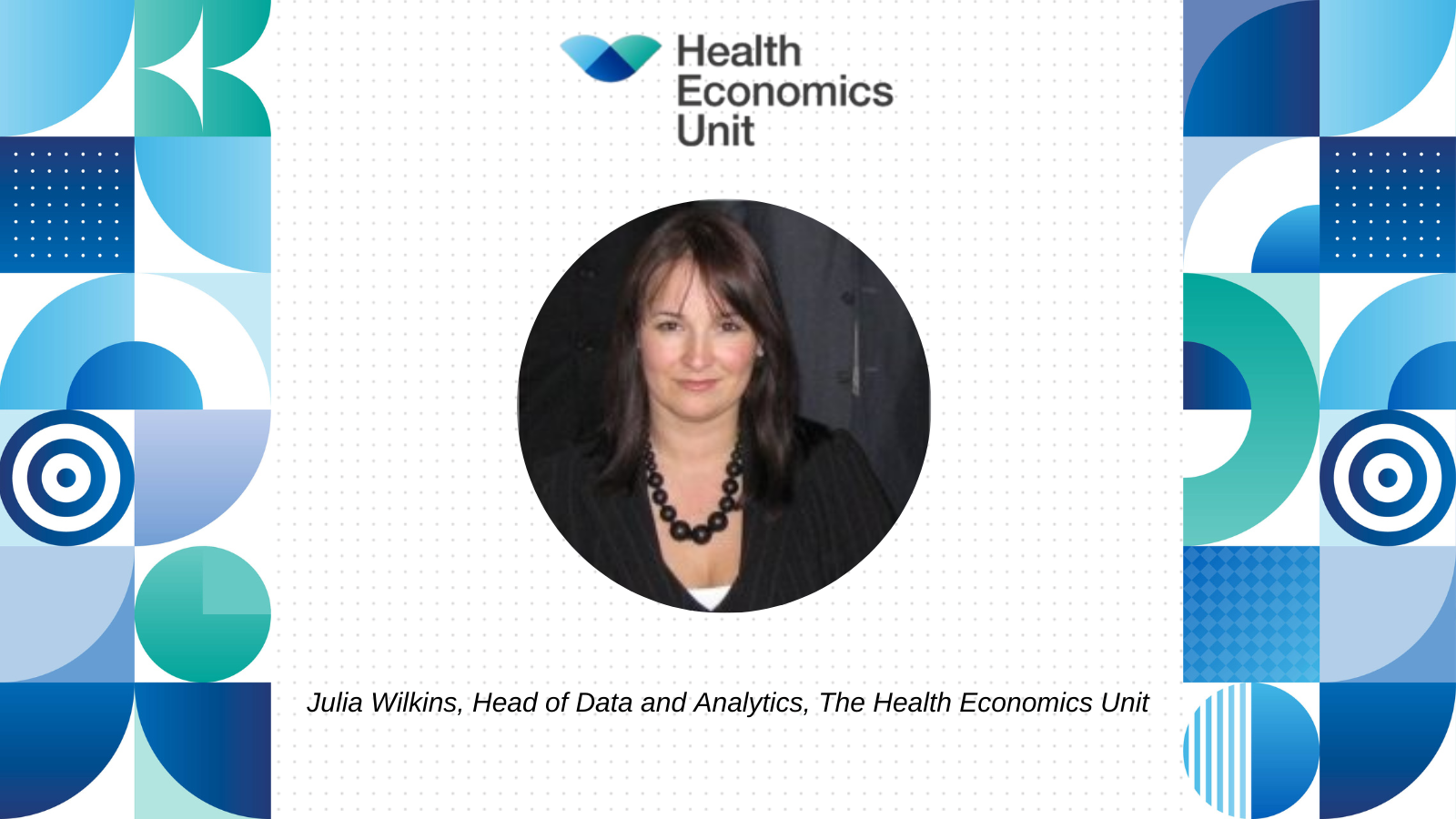On 23 June 2021, the UK government published a draft of its new national data strategy: Data saves lives: reshaping health and social care with data. Given that the main goal of the Health Economics Unit is to harness the power of data in supporting the NHS to design services and target innovations most effectively, we were excited to read the strategy and understand more about the direction the government intends to move in. Here Julia Wilkins, Head of Data and Analytics at HEU, shares her initial reaction.
Never has the impact of making data-led decisions been more apparent than during the COVID-19 pandemic. Data and insight have informed almost every decision and innovation, from helping identify those individuals most at risk to developing new life-saving treatments. In his ministerial foreword, former Health Secretary Matt Hancock highlights how “the urgency of this pandemic has driven unprecedented digital transformation throughout health and care”. More and more people working in healthcare are looking for data and insight to help them make better, more informed decisions.
It goes without saying that none of us at HEU are recent converts. Collectively, we have been making the case for the use of data and analytics in improving the healthcare system for many, many years. So, frankly, having read the strategy, I was thrilled to see how closely aligned the government’s commitments are to what we have been saying all this time.
Of particular interest to me was chapter seven, ‘Helping developers and innovators to improve health and care’, which talks about the concept of data partnerships to ensure continual innovation within the NHS. HEU is a huge advocate for increasing collaboration and innovation within the NHS and, hosted by Midlands and Lancashire Commissioning Support Unit, we are in a unique position to bridge the gap between innovators and the NHS. Through our connections within the health service, our wide network of expert contacts and incredibly talented team of data scientists, we are able to offer our clients actionable and reliable insight on the potential impact of innovations.
By creating trusted research environments, we benefit from access to masses of de-identified real-life NHS data. This is crucial to the success of our analysis, as it’s important to create environments that mimic the real world as closely as possible, where data is coded differently throughout the health service.
For example, the strategy document references the AI in Health and Care Award (run by the Accelerated Access Collaborative in partnership with NHSX and the National Institute for Health Research), which is making millions of pounds available to support innovators and technologies all the way from development, through to testing within clinical pathways. HEU is currently involved in the testing of some of the previous winners’ algorithms and there would be little benefit in doing this with ‘perfect’ data which doesn’t take into account the inconsistencies clinicians will be faced with in their real-life patient data. By using a de-identified layer of genuine patient data, we are able to provide confidence that the innovation in question will deliver safe and accurate results when used in practice.
In summary, I see the data strategy as a really positive step in the right direction. Empowering people within the health service to actively seek out innovation and “become stronger buyers and more informed consumers of data-driven tools and services” is key. The emphasis on data partnerships to drive collaboration will support this and will ultimately help the NHS to make the most of the opportunities it has to improve the way the system works through data-led innovations.
Author: Julia Wilkins
Julia is passionate about the adoption and spread of innovation within the NHS and uses her expertise in healthcare data sets and the software application for visualisation and machine learning to achieve this.
